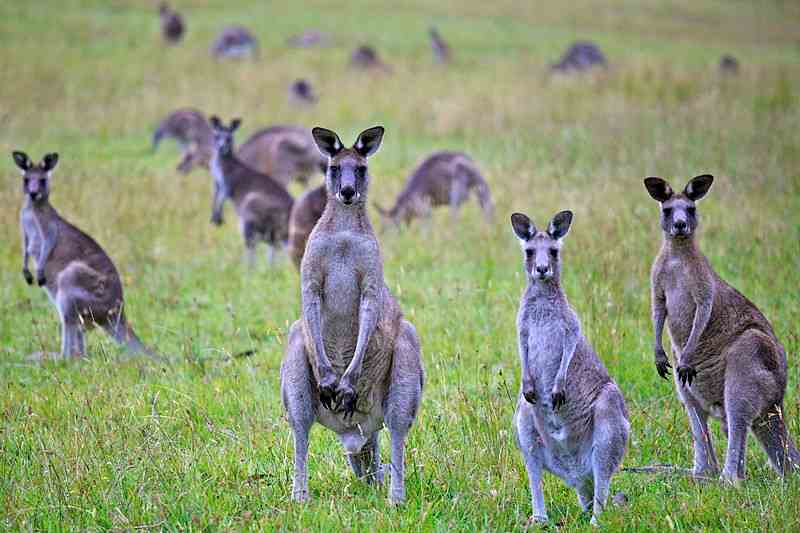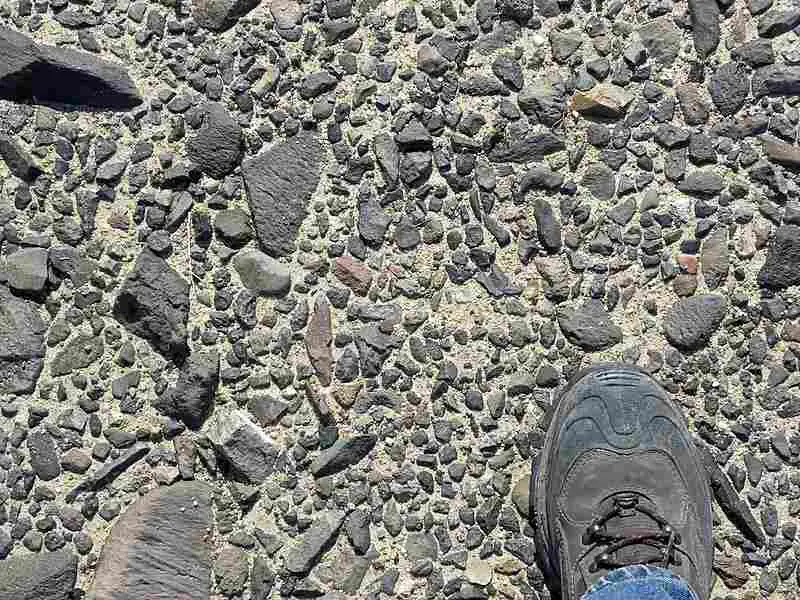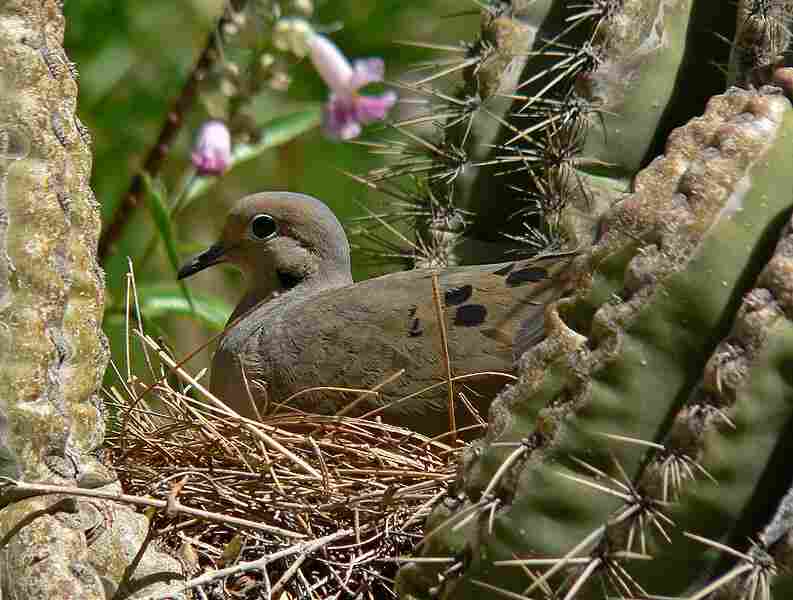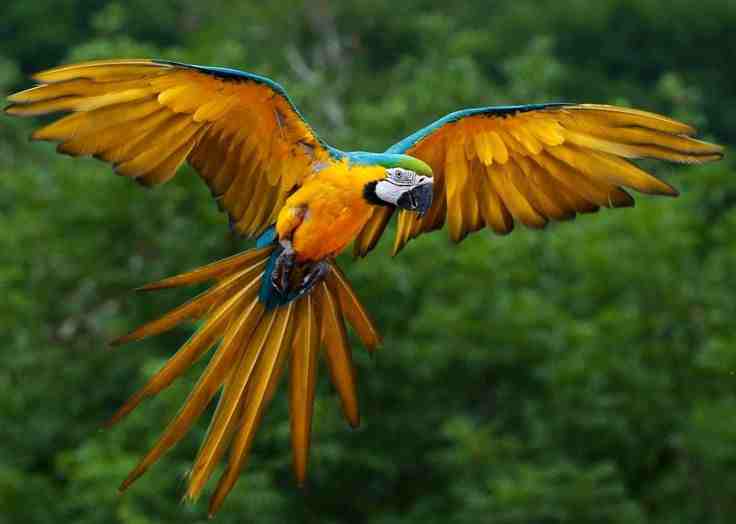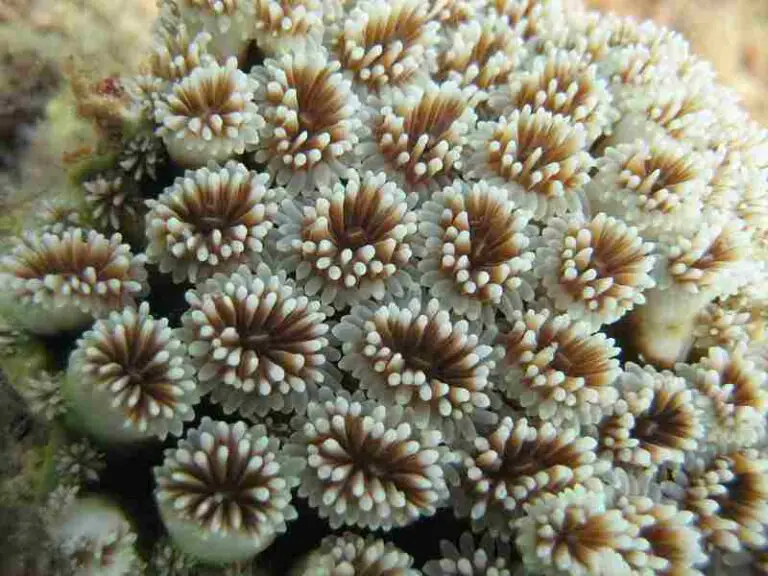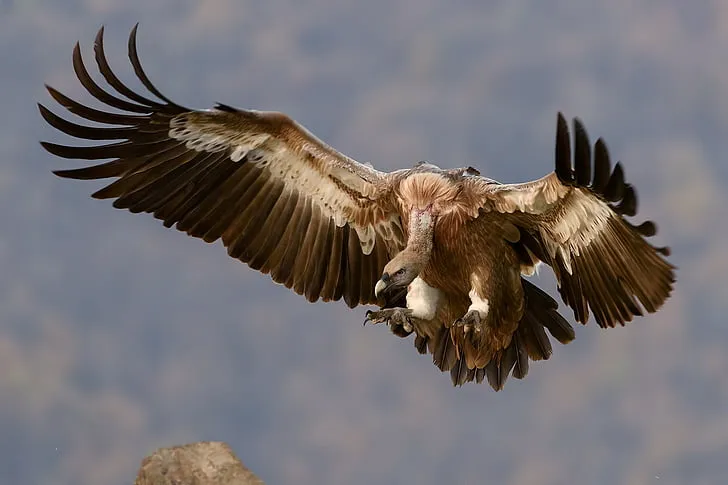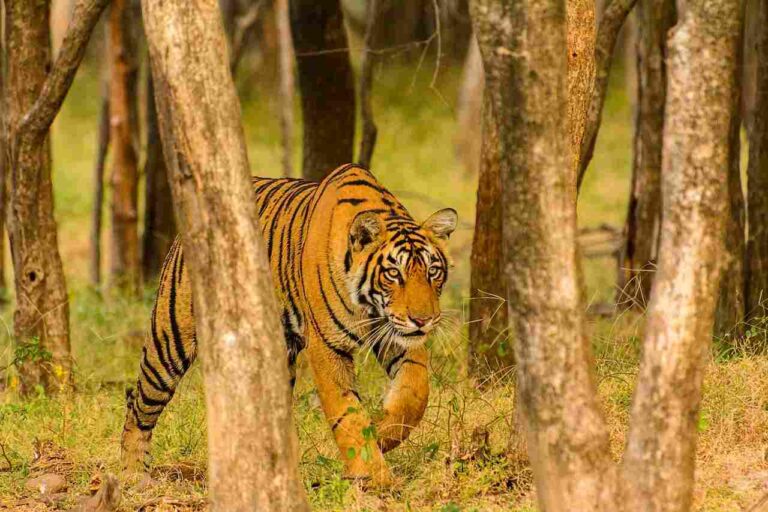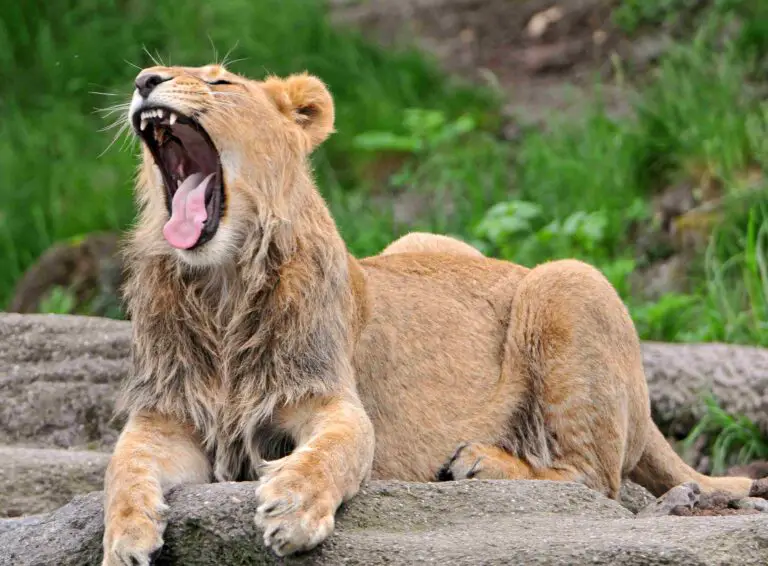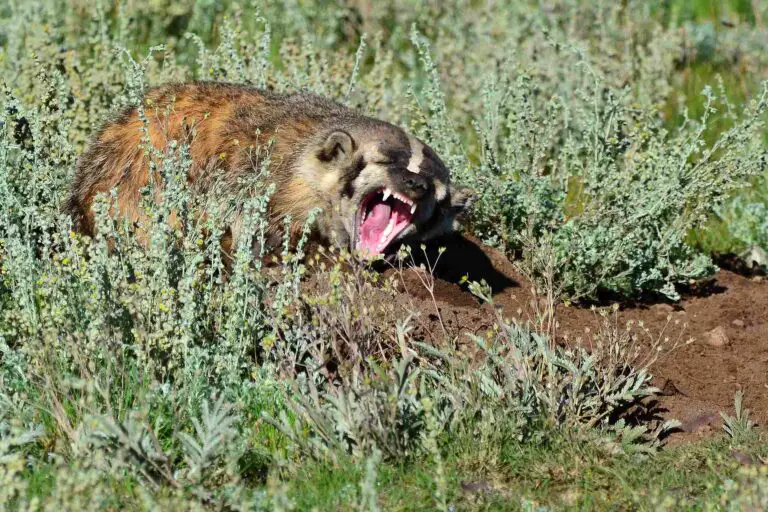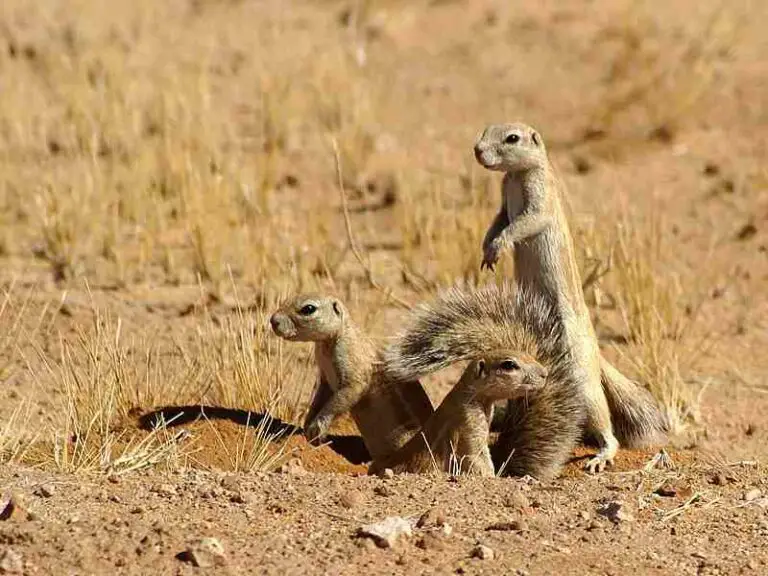5 Savanna Locations and Their Characteristics Discussed
Savanna locations in the world are; Africa (south, west, east, central), Myanmar-Thailand, Australia, South America, and parts of India.
This article discusses the main savanna locations on Earth and their distinctive attributes, as follows;
1). Africa (as one of the main Savanna Locations)
The savanna in Africa is geographically vast and biologically diverse.
It spans across multiple countries, especially within the sub-Saharan region, sharing a margin with the Sahara desert, and another with the tropical rainforest equatorial belt [3].
Parts of Africa (including countries) where savanna ecosystem occurs, are summarized in the table below;
Intra-Continental Zone | Countries |
Central Africa | Cameroon (West-Central Africa), Central African Republic, Democratic Republic of the Congo |
Eastern Africa | Ethiopia, Kenya, Tanzania, Uganda |
Southern Africa | Botswana, Mozambique, Namibia, South Africa |
Western Africa | Ghana, Mali, Nigeria, Senegal |
The East African Rift Valley is a zone in eastern Africa that is abundant with diverse savanna biomes [4].
Some important natural reserves occur in this zone, including Serengeti and Maasai Mara of Tanzania and Kenya respectively. Wildlife including large felines and herbivores like wildebeest are also present.
In southern Africa, countries like Botswana, Zimbabwe and South Africa are know to have robust savanna biomes as well. Wildlife is fairly abundant here, occurring mostly in protected areas like the Chobe National Park (Botswana) and Kruger National Park (South Africa).
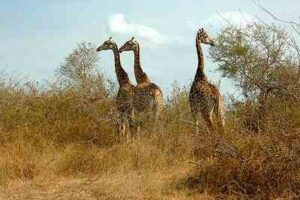
The Sahel region occurs along the southern margin of the Sahara desert, and is in-between the savanna and desert in terms of both geography and characteristics [8].
It has some typical characteristics of the savanna, such as loose, low-fertility soil, sparsely-distributed trees and dominance of grasses.
At the same time, it has some desert characteristics, such as semi-arid climate and convective wind cycles.
Between Mozambique (in southern Africa) and the eastern African region; there is a depressed geographic zone called the 'Great Rift Valley'. Attributes of this zone include; mountain ranges, plateaus, plains and grasslands, all of which serve as habitats for savanna animals and plants.
The most famous savanna in Africa and the world is arguably the Serengeti-Mara ecosystem, which stretches between Kenya and Tanzania. It is home to vast grasslands and has a relatively-high species richness in terms of wildlife, which included some endangered species.
*Madagascar as an Isolated Savanna Location Close to Africa
In the island country of Madagascar, which lies off the coast of Africa to the southeast, savanna landscapes also occur.
The savanna in this country occupy approximately 65% of the total land area and shares borders with humid forest zones [6].
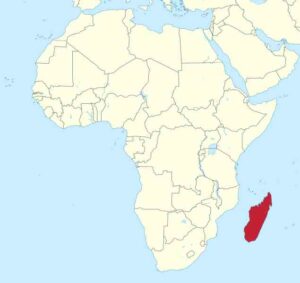
2). Myanmar-Thailand
Myanmar and Thailand in Asia are home to zoned with many typical savanna characteristics including vegetative and climatic attributes.
Examples of savanna locations in the Myanmar-Thailand region are; Chiang Mai plateau and the Dawna-Tenasserim region.
Chiang Mai plateau has savanna features like dominant grasses, sparsely-dispersed trees, shrubs and forbs.
Its climate is also seasonal like the typical savanna climate, and it is home to agricultural activity on a large scale.
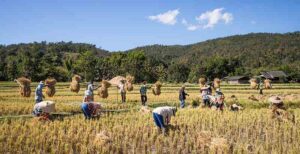
The Dawna-Tenasserim region is a border zone between Thailand and Myanmar.
It is characterized by a mountainous topography covering the Tenasserrim Hills of Thailand and Dawna orogenic ranges of Myanmar [2].
The dominant biome in these areas in forest, while savanna ecoregions occur as transitional landscapes.
Factors behind the occurrence and dynamics of savanna in the area include elevation, topography, human activity (and its environmental impact(s)), as well as regional micro-climate.
The savanna ecoregion in Thailand and Myanmar is not as typical or consistent in characteristics, as the savanna in Africa (or even in Australia and South America).
It can be called savanna only based on the fact that several savanna characteristics are observable. For this reason, many studies do not acknowledge Myanmar-Thailand as a savanna location on Earth.
The presence of zones that can be described as savanna is due to vast ecological diversity in the area, where the dominant ecosystems are coastal biome, high altitude plains and forests; and grasslands occur as relatively narrow patches of land.
3). Australia (as one of the main Savanna Locations)
The savanna biome in Australia is mostly occurrent in the northern extremes.
Within this zone, the Australian Tropical Savanna is arguably the most well-known and prominent savanna ecoregion.
Australian Tropical Savanna extends across a vast part of northern Australia [5], and covers Queensland, the northern sub-zones, and Kimberley in Western Australia.
Features of this area include shrubs, forbs; sparsely-distributed trees, and extensive grasslands.
The Savannah Way is a name given to the most extensive and consistent savanna landscape within the Australian Tropical Savanna.
It is used as a route for tourists and covers about 3,700 kilometers from Broome, Western Australia, to the tropical region of Cairns in northeast Queensland.
The Savannah Way traverses aquatic ecosystems like rivers and wetlands, as well as mixed woodlands.
Climate in the Australian Tropical Savanna is characterized by distinct wet and dry seasons
The wet season features high levels of rainfall, rapid plant growth, and animal breeding. In the dry season, rainfall levels decrease significantly, and the drought-like conditions increase risk of wildfire hazard.
Biodiversity in the savannas of Australia as a whole, includes numerous species of birds, kangaroos, and various plants.
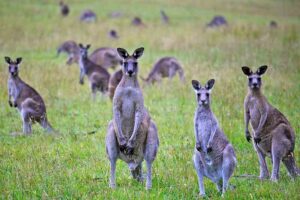
4). South America
The grasslands of South America are collectively referred to as Llanos, and are found in such areas as the eastern part of Colombia and the northern part of Venezuela [1].
Llanos extends from the Guiana Highlands in the south, to the coastal ranges of the Caribbean. It has a generally-level topographic layout and is occupied mainly by grasses, alongside other types of vegetation like shrubs, forbs and trees. Rivers, streams, lakes and ponds also occur; most of which are connected with the proximal Orinoco River.
Climate in the Llanos is distinctive, and comprises of alternate dry and wet seasons.
The wet season featured significant rainfall levels, which usually causes small-scale flooding as water bodies overflow their basins. This period favors the productivity of both terrestrial and aquatic organisms in the area.
Dry season is the inverse of wet season, and is characterized by a reduction in rainfall levels, and lower overall humidity.
Biodiversity is fairly abundant in the Llanos, with various species of birds, carnivores and herbivores being present. Some examples of these animals are; pumas, jaguars, anacondas, tapirs, deer, capybaras, and Jabiru stork.
5). India (as one of the main Savanna Locations)
Like the Myanmar-Thailand area, India is not home to savannas as typical or consistent as those in South America and Africa.
However, because some parts of India experience tropical micro-climatic conditions, it is not uncommon to find landscapes with several characteristic features of the savanna. They are not locally referred to as 'savanna' either, but are generally called grasslands.
Grasslands in India may be found in the southern and central regions; extending across states like; Tamil Nadu, Andhra, Karnataka, Pradesh, Gujarat, Maharashtra, and Madhya Pradesh.
The Deccan Plateau refers to a prominent grassland area in India [7]. It is an extensive plateau, that extends largely from the Eastern to Western Ghats, and is home to small-scale geographic features like plains, hills, valleys and rocky landscapes.
Great Indian Desert (also called Thar Desert) is also characterized by savanna-like features.
It occurs mostly in Rajasthan, in the northwest; and contains desert zones alongside sparsely-vegetated grasslands.
Grasslands in India may experience tropical climatic conditions with dry and wet seasons, or predominantly-dry, semiarid conditions.
Plants here include whip grass (Dichanthium annulatum), buffel grass (Cenchrus ciliaris), and Indian beard grass (Chrysopogon fulvus). Herbivores like wild boar and deer depend on such vegetation as food sources.
Birds and mammals in the Indian savanna include, Indian fox, chinkara, Indian wolf, boar, and painted stork.
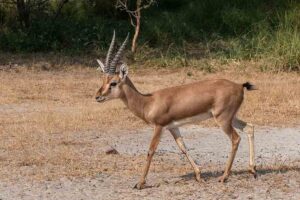
Challenges faced by the Indian grassland region include habitat fragmentation and loss due to urbanization, large-scale agriculture, and unsustainable processes like overgrazing.
Conclusion
Savanna locations in the world are;
1. Africa
2. Myanmar-Thailand
3. Australia
4. South America
5. India
References
1). Bermudez; D. P.; Behling, H. (2022). "Holocene Paleoecology in the Neotropical Savannas of Northern South America (Llanos of the Orinoquia Ecoregion, Colombia and Venezuela): What Do We Know and on What Should We Focus in the Future?" Frontiers in Ecology and Evolution 10. Available at: https://doi.org/10.3389/fevo.2022.824873. (Accessed 11 June 2023).
2). Connette, G. M.; Oswald, P.; Songer, M.; Leimgruber, P. (2016). "Mapping Distinct Forest Types Improves Overall Forest Identification Based on Multi-Spectral Landsat Imagery for Myanmar’s Tanintharyi Region." Remote Sensing 8(11):882. Available at: https://doi.org/10.3390/rs8110882. (Accessed 11 June 2023).
3). Dupont, L. M.; Jahns, D.; Marret, F.; Ning, S. (2000). "Vegetation change in equatorial West Africa: Time-slices for the last 150 ka." Palaeogeography Palaeoclimatology Palaeoecology 155(1-2):95-122. Available at: https://doi.org/10.1016/S0031-0182(99)00095-4. (Accessed 11 June 2023).
4). Habel, J. C.; Borghesio, L.; Newmark; W. D.; Day, J. J.; Lens, L.; Husemann, M.; Ulrich, W. (2015). "Evolution along the Great Rift Valley: phenotypic and genetic differentiation of East African white-eyes (Aves, Zosteropidae)." Ecol Evol. 2015 Oct 12;5(21):4849-62. Available at: https://doi.org/10.1002/ece3.1735. (Accessed 11 June 2023).
5). Neldner, V. J.; Fox, I. D.; Wilson, G. W.; Bannink, P. (2001). "The Vegetation of the Australian Tropical Savannas." Available at: https://www.researchgate.net/publication/278329575_The_Vegetation_of_the_Australian_Tropical_Savannas. (Accessed 11 June 2023).
6). Solofondranohatra, C. L.; Vorontsova, M.; Hackel, J.; Besnard, G.; Cable, S.; Williams, J.; Jeannoda, V.; Lehmann, C. E. R. (2018). "Grass Functional Traits Differentiate Forest and Savanna in the Madagascar Central Highlands." Frontiers in Ecology and Evolution 6:184. Available at: https://doi.org/10.3389/fevo.2018.00184. (Accessed 10 June 2023).
7). Vanak, A. T.; Hiremath, A.; Krishnan, S.; Tg, G.; Rai, N. D. (2017). "Filling in the (forest) blanks: the past, present and future of India’s savanna grasslands." Transcending Boundaries: Reflecting on Twenty Years of Action and Research at ATREE (pp.89-93). Available at: https://www.researchgate.net/publication/313646094_Filling_in_the_forest_blanks_the_past_present_and_future_of_India's_savanna_grasslands. (Accessed 11 June 2023).
8). Wang, F.; Liu, X.; Liu, X.; Liu, X.; Wang, T. (2020). "Spatial and Temporal changes in the Normalized Difference Vegetation Index and its Response to Climate Change in Shaanxi Province, China." IOP Conference Series Earth and Environmental Science 508(1):012121. Available at: https://doi.org/10.1088/1755-1315/508/1/012121. (Accessed 10 June 2023).
